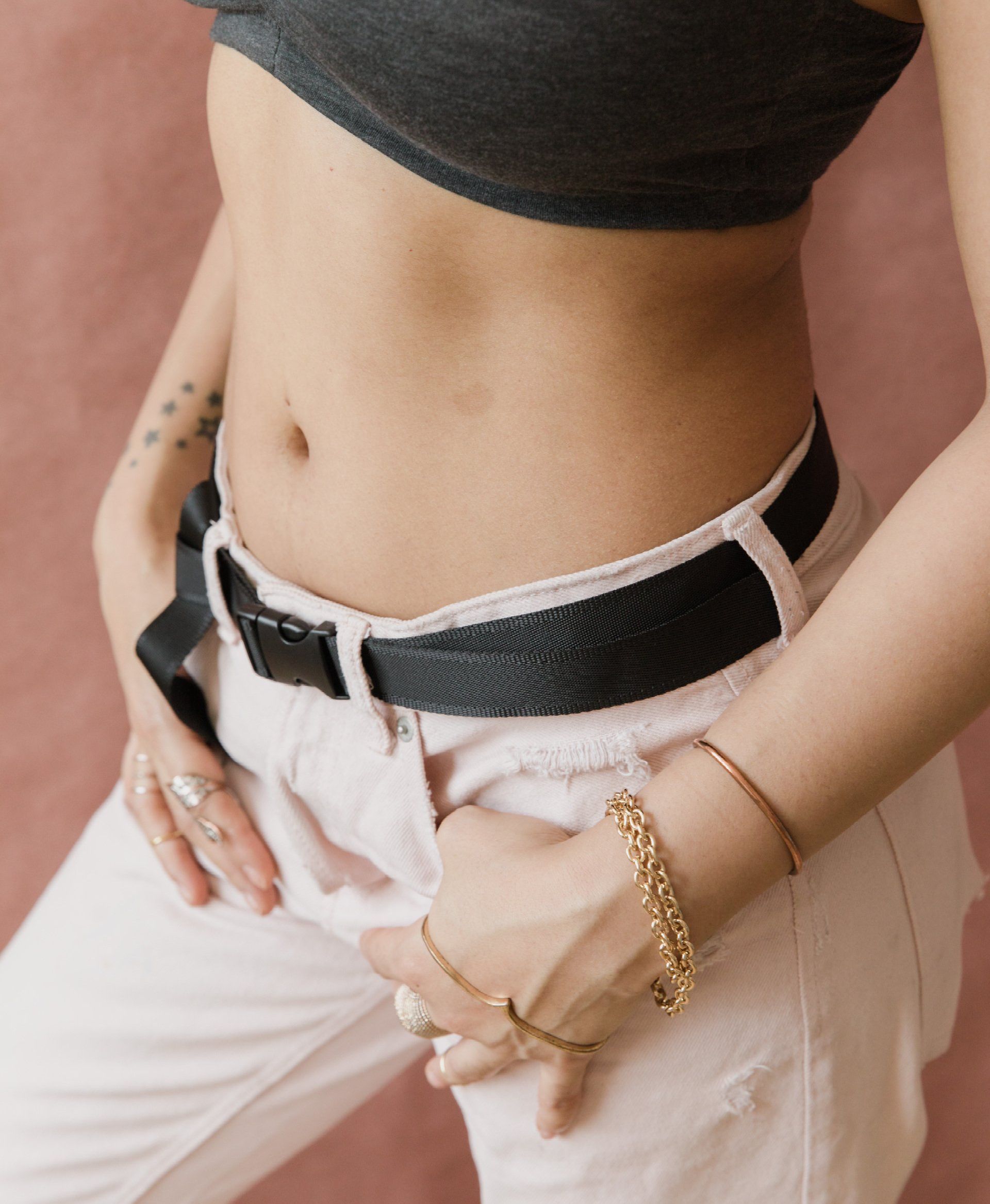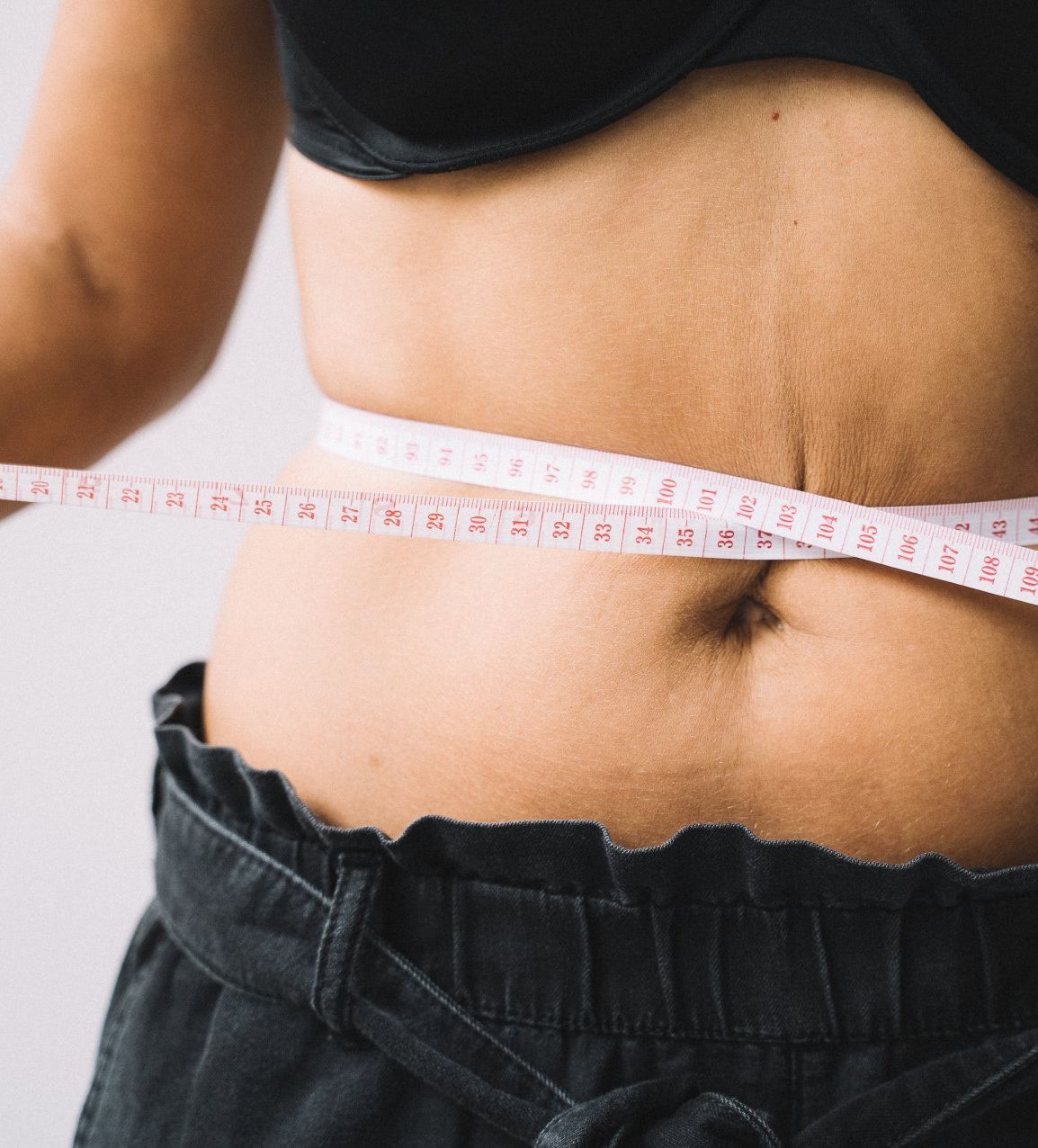Body Lift
Restore your body contours
Key facts
A body lift is a surgical procedure designed to improve the appearance of the abdomen and lower back by removing excess skin and fat and tightening the underlying muscles.
How it works: removing excess skin and fat from the abdomen and back
Anaesthesia: general anaesthesia
Recovery time: 6 weeks
Results: immediately
Lasts: permanent if weight is maintained
What is a body lift?
A body lift, also called a lower body lift, is a surgical procedure designed to improve the appearance of both the abdomen and the lower back by removing excess skin and fat, and tightening the underlying muscles. It is an effective solution for individuals who have loose or sagging skin and weakened abdominal muscles, often caused by significant weight loss.
Following massive weight loss, it is common to have abdominal muscles that are separated and weakened, and an excess of skin and subcutaneous fat on the tummy and the lower back that is difficult to get rid of, even with ongoing diet and exercise. A body lift can be a good intervention to remove these fat and skin excesses and to restore your body contours.
Should I undergo a body lift?
A body lift is a good procedure for anyone who has a residual fat and skin excess following massive weight loss, and would like to improve their body contours.
During your consultation, Dr. Gino Vissers will assess your body composition, muscle structure, and overall physique to determine whether you are a good candidate for a body lift.
A body lift can treat any of the following issues:
- Excess skin and fat on the abdomen
- Excess skin and fat on the lower back
- Separated and weakened abdominal muscles
- Stretch marks
- Low self-esteem and body image

What happens during the procedure?
A body lift is performed under general anaesthesia to ensure your comfort and safety during the surgery.
Dr. Gino Vissers will make an incision along the lower border of the abdomen, typically above the pubic area, which continues over the lower back, like a belt. The resulting scar can be concealed by underwear and swimsuits. If needed, the underlying abdominal muscles are tightened and sutured together to create a flatter tummy and a more defined waistline. Dr. Gino Vissers will then remove excess skin and fat from both the abdomen and lower back. The belly button will be repositioned to a more natural location after the excess skin is removed. Four drains will be inserted to remove excess fluids after the operation. The incisions are carefully closed with dissolvable sutures, and surgical dressings are applied to support the healing process.
What to expect after a body lift?
After the operation, you will have a urinary catheter and four drains to aid remove excess fluids. These drains usually come out after a few days, depending on your body's fluid production and the drain output. The urinary catheter is usually removed on the first day after your surgery.
Recovery after a body lift typically involves some downtime. Patients with an office job will need to take about two to four weeks off from work to rest and recover. Expect some swelling and pain for a couple of days after surgery, and you will have prescription pain medication to help you stay comfortable in the early stages of healing. Soreness and swelling may last up to several months.
You will need to wear a compression garment that we provide for 6 weeks. Dr. Gino Vissers recommends that you start walking around as soon a possible to reduce swelling and to help prevent blood clots from forming in your legs. You are not allowed to lift any objects heavier than 1.5 kg in the first few weeks after your surgery.
Dr. Gino Vissers will provide detailed post-operative instructions to promote optimal healing and ensure a smooth and comfortable recovery process.



